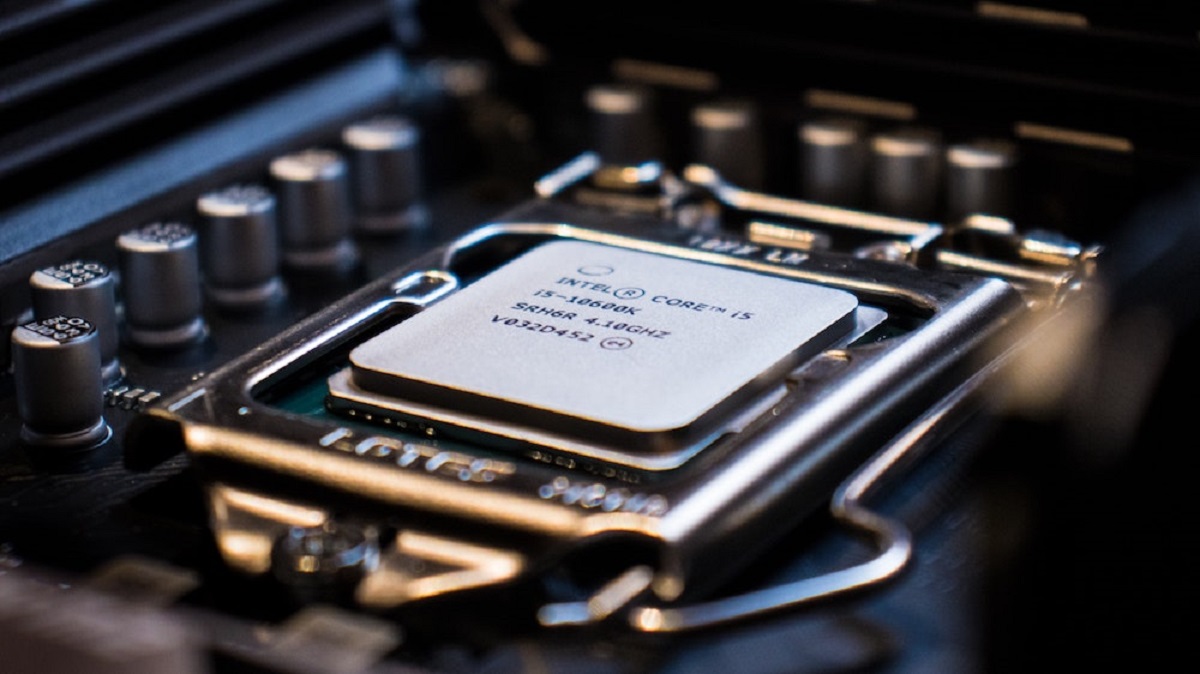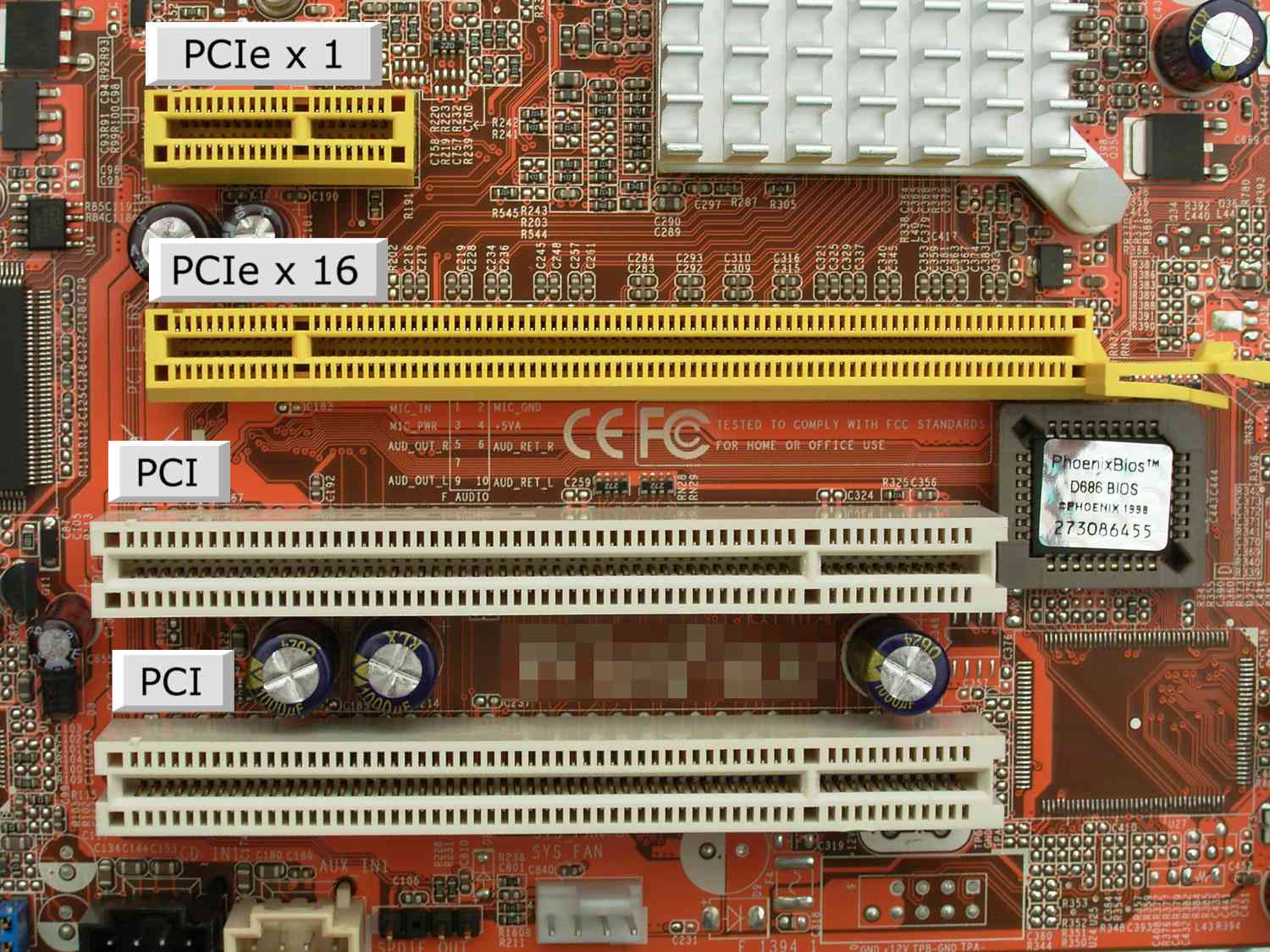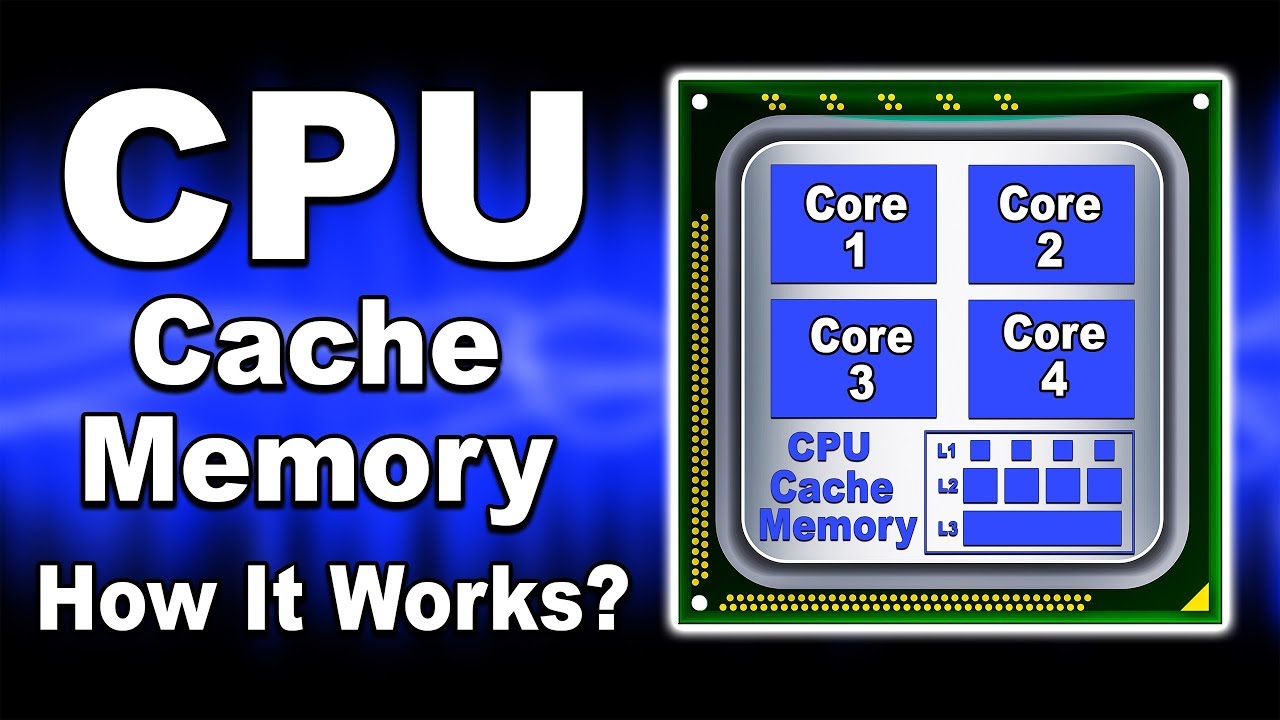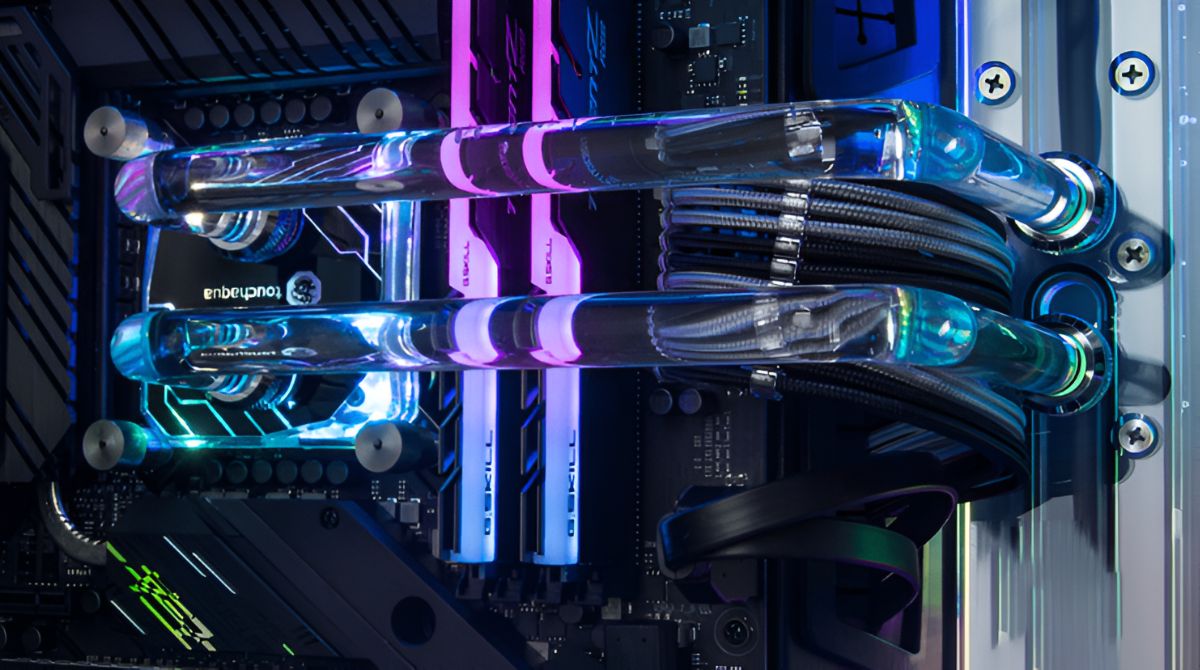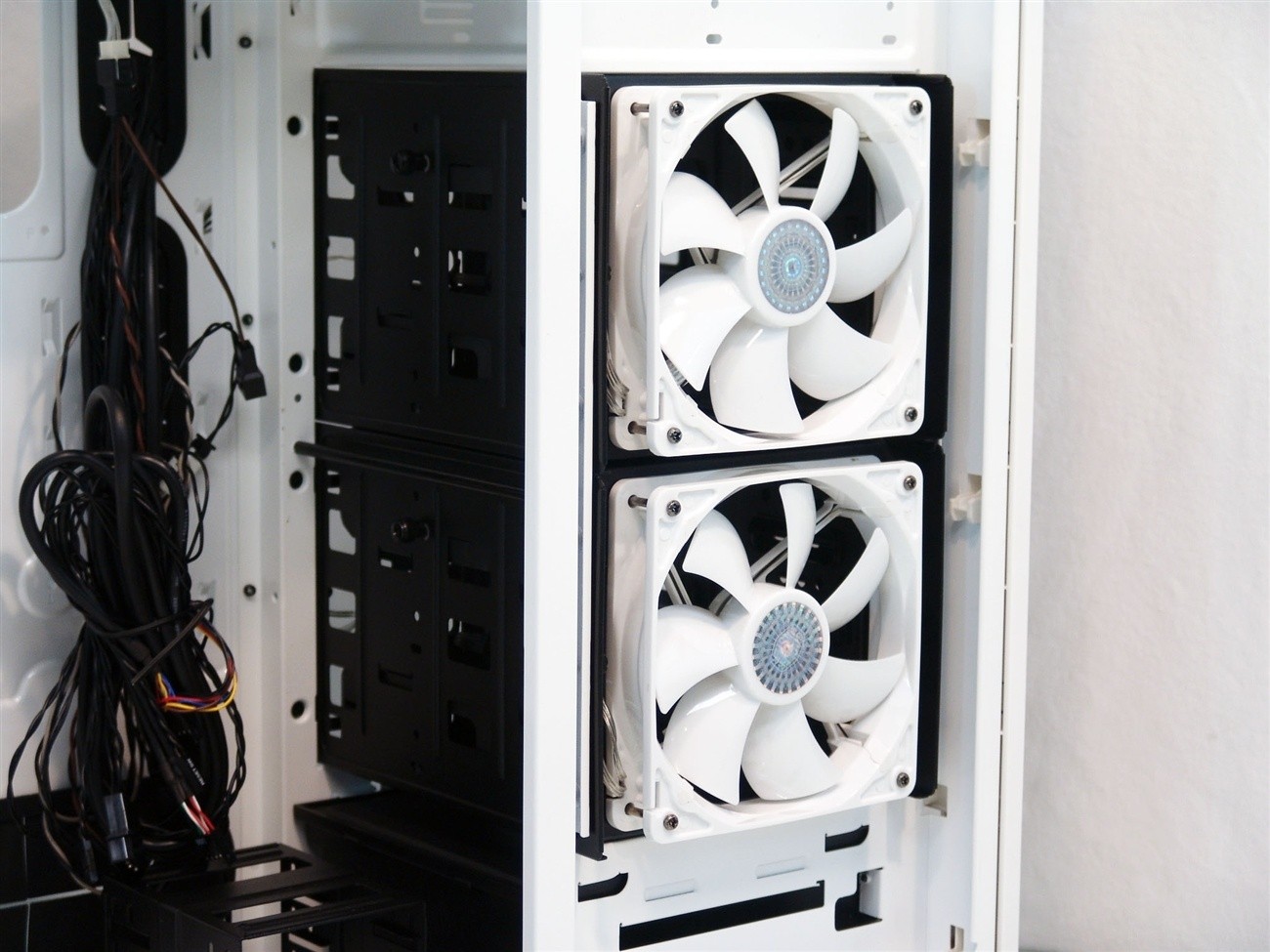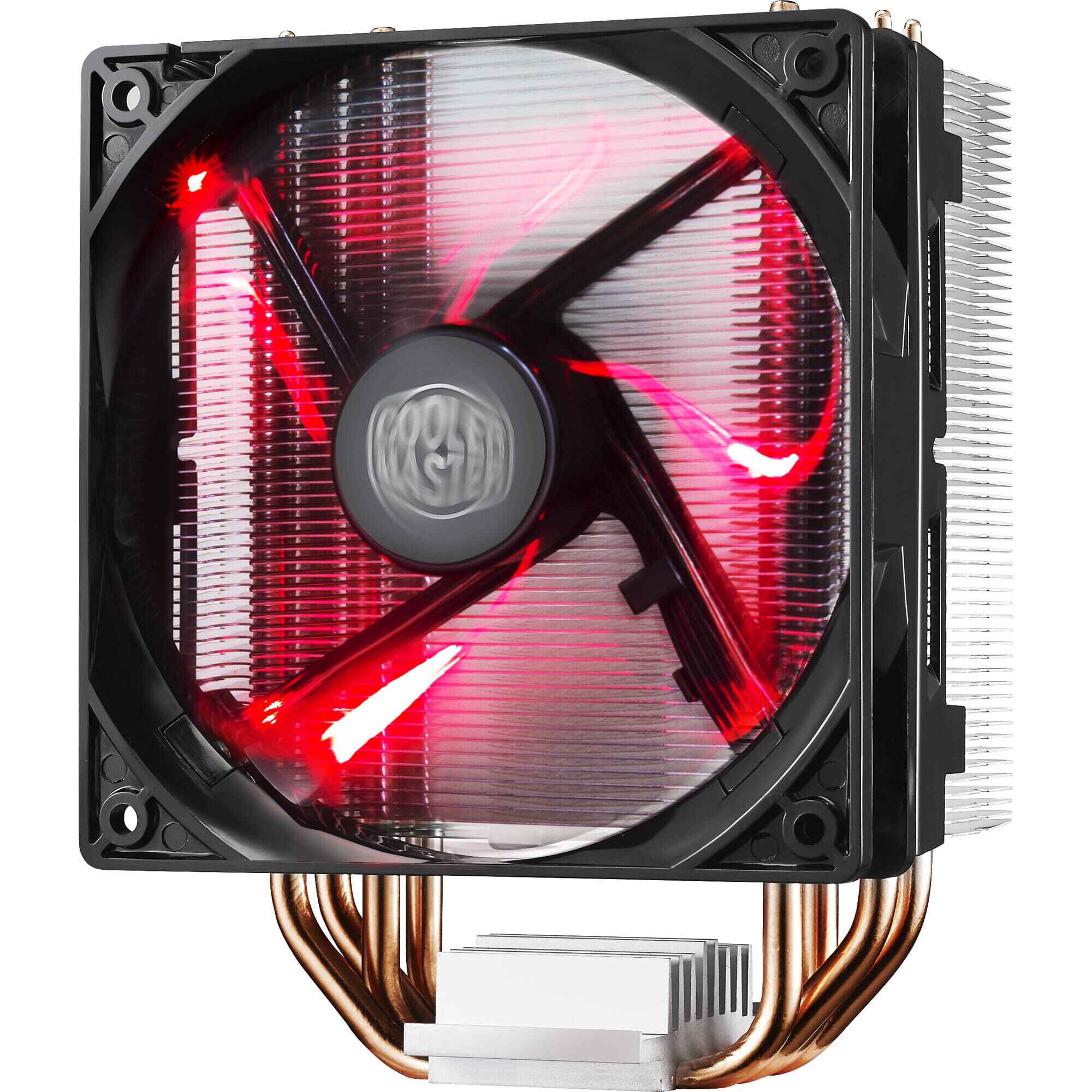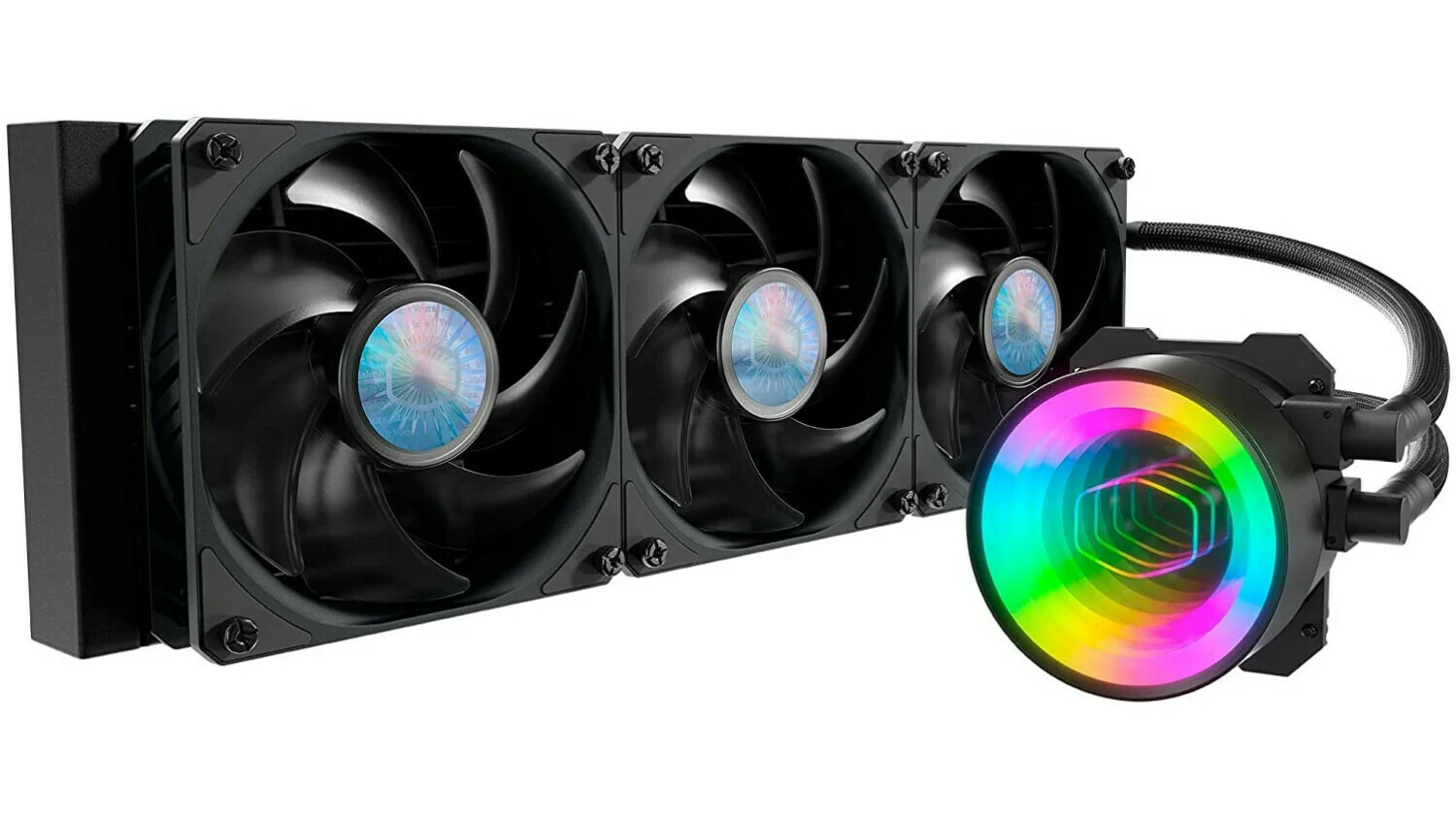Introduction
The central processing unit (CPU) is an essential component of a computer system. Often referred to as the “brain” of the computer, the CPU performs the majority of the processing tasks, allowing the computer to perform various operations and tasks. It is responsible for executing instructions, performing calculations, and managing data flow within the computer system.
Understanding the structure and function of the CPU is crucial in comprehending the overall operation of a computer. The CPU consists of two primary parts: the control unit and the arithmetic logic unit (ALU). These two components work together to enable the CPU to execute instructions and perform mathematical and logical operations.
In this article, we will explore the two main parts of the CPU in detail, discussing their roles, functions, and how they contribute to the overall functioning of a computer system.
By gaining a better understanding of the inner workings of the CPU, you will be able to appreciate the complexity and efficiency of modern computer systems, and delve deeper into the fascinating world of computing technology.
The Central Processing Unit (CPU)
The central processing unit (CPU) is an integral part of a computer system. It serves as the primary component responsible for executing instructions and performing calculations. Acting as the brain of the computer, the CPU interacts with the computer’s memory, input/output devices, and other peripheral components to carry out its tasks.
The CPU is comprised of two essential parts: the control unit and the arithmetic logic unit (ALU). These parts work in tandem to ensure the efficient functioning of the CPU.
The control unit is responsible for managing and coordinating the execution of instructions. It fetches instructions from the computer’s memory, decodes them, and determines the appropriate actions to take. The control unit ensures that instructions are executed in the correct order and synchronizes the flow of data between different components in the computer system.
On the other hand, the arithmetic logic unit (ALU) performs mathematical operations and logical comparisons. It is responsible for executing arithmetic calculations, such as addition, subtraction, multiplication, and division, as well as logical operations, including comparisons and boolean operations.
Together, the control unit and the ALU form the core of the CPU and are vital in carrying out the computing tasks required by the computer system. They work together in a coordinated manner to ensure efficient and accurate execution of instructions.
Modern CPUs are designed with advanced features and technologies to enhance their performance and speed. This includes the incorporation of multiple cores, allowing for parallel processing and improved multitasking capabilities. Additionally, CPU architectures have evolved to include features like cache memory, which enables faster access to frequently used data, further optimizing the overall performance of the CPU.
Overall, the CPU is a crucial component in any computer system. It plays a central role in executing instructions, performing calculations, and coordinating the flow of data. By understanding the structure and function of the CPU, we can gain a deeper appreciation for the complexity of computer systems and how they process information.
Part 1: Control Unit
The control unit is a vital component of the central processing unit (CPU). It plays a crucial role in managing and coordinating the execution of instructions within the computer system. Acting as the “command center” of the CPU, the control unit ensures that instructions are fetched, decoded, and executed in the correct order.
One of the primary functions of the control unit is to fetch instructions from the computer’s memory. It obtains the necessary instructions through the memory bus and stores them in a special register called the instruction register (IR). The control unit then decodes the instructions, determining the specific actions that need to be performed.
Once the instructions are decoded, the control unit coordinates the flow of data between different components within the CPU. It ensures that data is transferred between the CPU and the memory, registers, and input/output devices when necessary. This synchronization of data flow is crucial for the proper functioning of the computer system.
Another important task performed by the control unit is instruction execution. It controls the execution of instructions by sending signals to other parts of the CPU, including the arithmetic logic unit (ALU) and registers. The control unit coordinates the flow of data and controls the timing of operations, ensuring that instructions are executed in the correct sequence.
Furthermore, the control unit is responsible for managing exceptions and interrupts. It detects and handles any exceptional events that occur during the execution of instructions, such as arithmetic errors, memory access violations, or input/output events. The control unit redirects the program flow to handle these exceptions appropriately.
In modern CPUs, the control unit is designed using microcode or control logic circuits. Microcode is a low-level firmware that provides the instructions for the control unit to execute various operations. Control logic circuits, on the other hand, are hardware circuits that perform the control unit’s functions.
Overall, the control unit plays a vital role in ensuring the proper execution and coordination of instructions within the CPU. It fetches and decodes instructions, manages data flow, controls execution, and handles exceptions. Without the control unit, the CPU would not be able to carry out the complex tasks required by the computer system.
Part 2: Arithmetic Logic Unit (ALU)
The arithmetic logic unit (ALU) is an essential component of the central processing unit (CPU). It is responsible for performing various mathematical and logical operations, enabling the CPU to carry out calculations and make decisions based on those calculations.
The ALU is designed to perform arithmetic operations, such as addition, subtraction, multiplication, and division. It has circuits and logic gates that enable it to manipulate binary numbers and carry out these mathematical calculations accurately and efficiently.
In addition to arithmetic operations, the ALU also performs logical operations. This includes logical comparisons, such as equal to, not equal to, greater than, less than, and other boolean operations, such as AND, OR, and NOT.
The ALU operates based on the instructions provided by the control unit. It receives input data from registers or memory, performs the required operation, and produces the result. The result is then stored in a register or sent to the memory, depending on the specific instruction and the needs of the program being executed.
One important feature of the ALU is its ability to perform computations in parallel. Many modern CPUs are designed with ALUs that include multiple functional units, allowing for simultaneous execution of multiple operations. This parallelism enhances the CPU’s performance and speeds up computation, particularly in tasks that involve complex calculations.
Another crucial aspect of the ALU is its ability to handle different data types and sizes. The ALU is capable of processing integers, floating-point numbers, and other data formats used in computer systems. It can handle various data sizes, such as 8-bit, 16-bit, 32-bit, or 64-bit numbers, depending on the CPU architecture and the specific instructions it supports.
The ALU also plays a role in implementing control flow instructions, such as conditional branches and loops. It allows the CPU to make decisions based on the results of logical comparisons and alter the program flow accordingly.
In summary, the arithmetic logic unit (ALU) is a vital component of the CPU that performs mathematical and logical operations. It handles a variety of computations, including arithmetic calculations and logical comparisons. With its parallel processing capabilities and support for different data types and sizes, the ALU contributes to the overall efficiency and functionality of the CPU.
Conclusion
The central processing unit (CPU) is a fundamental component of a computer system, often referred to as the “brain” of the computer. It performs the majority of the processing tasks, executing instructions, performing calculations, and managing data flow within the system.
In this article, we explored the two main parts of the CPU: the control unit and the arithmetic logic unit (ALU). The control unit is responsible for managing and coordinating the execution of instructions, fetching and decoding instructions, and synchronizing data flow. On the other hand, the ALU performs mathematical and logical operations, allowing the CPU to carry out calculations and make decisions based on those calculations.
Together, the control unit and the ALU form the core of the CPU, working harmoniously to enable the computer to perform its tasks efficiently. The control unit ensures the proper execution of instructions, while the ALU handles arithmetic and logical operations, processing data and producing results.
Modern CPUs are continuously evolving, incorporating advanced features and technologies to enhance performance and efficiency. Multiple cores, cache memory, and improved instruction sets are some of the advancements that have contributed to the increased speed and capabilities of CPUs.
By understanding the structure and function of the CPU, we gain a deeper appreciation for the complexity and importance of this essential component of a computer system. The CPU’s ability to execute instructions, perform calculations, and manage data flow plays a crucial role in the overall functioning of a computer.
As technology continues to advance, the CPU will undoubtedly undergo further development, leading to even more powerful and efficient computing systems. It is an exciting field that constantly pushes the boundaries of what computers can achieve.
In conclusion, the CPU, with its control unit and arithmetic logic unit, forms the foundation of modern computing. Its intricate design and ability to execute instructions and perform calculations enable computers to process information and carry out complex tasks effectively. As we continue to rely on computers in various aspects of our lives, understanding the CPU’s inner workings becomes increasingly important.







